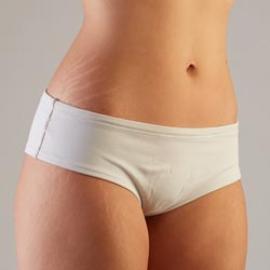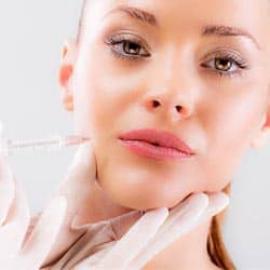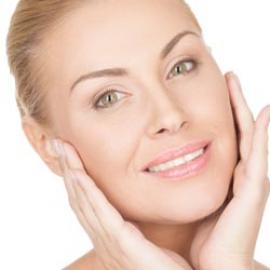
If the name Botox ® has been able to move from being a trademark to a popular term, it's because it has become the leading product in the field of anti-aging aesthetic medicine, to smooth out expression lines. In fact, botulinum toxin has other less recognized indications, such as possible treatment of torticollis, bladder incontinence, hyperhidrosis, strabismus or bruxismus, or grinding of teeth. Let's review the treatment of teeth grinding by botulinum toxin injection.
Causes : where does the teeth grinding of bruxism come from?
The word bruxism originates from the Greek word "teeth grinding"
Bruxism is described as a para-function of the manducational apparatus:
The manducatory apparatus groups together the structures that take place before digestion.
That is the upper palate, the tongue and the masticatory apparatus (jaws dental arches).
- A parafunction is described as a function without purpose. It is therefore different from dysfunction, a function that is basically useful but not well performed.
Bruxism is displayed by dental grinding contractions of the jaws, often involuntary and nocturnal.
The exact aetiology of bruxism is very extensively debated, with probably a bad position of the mandible at rest, psychosomatic causes, dental causes (mucous coating of the wisdom teeth, malocclusion...), oral causes (inflammation of the masseter...) ...
The patient is not always conscious of this. Sometimes the dentist suspects that his teeth are grinding at night because he notices that his teeth are abnormally worn.
The consequences of bruxism are diverse: altered sleep, early wear of dental enamel, chewing pain, TMJ (temporomandibular joint) disorders, vertebral contractures, loosening of teeth...
TMJ disorders often have a chronic evolution, with cracking mouth movements, trouble opening the jaw, a square modification of the lower third of the face, hearing problems or the occurrence of tinnitus…
How is Botox stopping the grinding of teeth?
Botox® can suppress the grinding of teeth by its myorelaxing action on muscle relaxation.
This neurotoxin prevents the transmission of signals between the nerves and muscles: the function of the junction (synapse) requires a chemical signal, acetylcholine. The botulinum toxin will saturate the receptors of this neuro-mediator that can no longer function.
As the muscle no longer obtains information it relaxes (a myorelaxing effect) and stops contracting (flaccid paralysis). This effect is reversible over roughly 4 to 6 months. In order to correct bruxism, botulinum toxin injections restore balance in the excessive muscle contractions that act to lower and raise the maxilla.
By relaxing the muscles as the masseter does, the manducator is no longer under tension and the jaw is rested.
The grinding of the teeth becomes less powerful and usually disappears in the end.
In which cases Botox injection against bruxism is indicated?
Botox injection in the masseters muscles seeks to :
- Relax the masseters accountable for the teeth grinding of bruxism. It is sometimes achievable to remove a daytime orthosis such as a gutter;
- Restore harmony to the lower third of the face on a square jaw caused by hypertrophy of the masseter muscle;
- Reduce the pain from a TMJ disorder, combined with excessive muscle contraction.
Botulinum toxin injection in masseters is very well accepted by the body. Botox injection in the jaw is contraindicated in people with an egg white allergy or in subjects with neuromuscular disorders such as myasthenia gravis.
In which cases Botox injection against bruxism is indicated?
Botox injection in the masseters muscles seeks to :
- Relax the masseters accountable for the teeth grinding of bruxism. It is sometimes achievable to remove a daytime orthosis such as a gutter;
- Restore harmony to the lower third of the face on a square jaw caused by hypertrophy of the masseter muscle;
- Reduce the pain from a TMJ disorder, combined with excessive muscle contraction.
Botulinum toxin injection in masseters is very well accepted by the body. Botox injection in the jaw is contraindicated in people with an egg white allergy or in subjects with neuromuscular disorders such as myasthenia gravis.
Follow a botox injection for bruxism treatment
The process is similar to any injection session of botulinum toxin and takes approximately 20 minutes.
The aesthetic doctor will choose where to inject the muscle and the dosage. He uses thin needles to inject the product intramuscularly (cheek area).
Results of botulinum toxin injection against teeth grinding
The results takes a few days, between five and ten.
To treat bruxism, the result is ideal from D 15.
To shape a square jaw because the masseter is too contracted, the final result is a little delayed, starting at D21/J30. The muscle will be further thinned in the next few weeks.
Any Botox injection will see its effect fade away in 5 to 6 months, requiring a new Botox injection twice a year.




















































